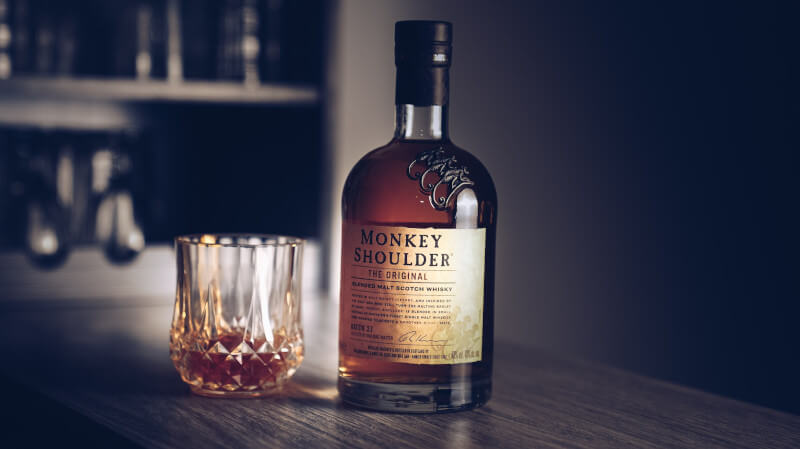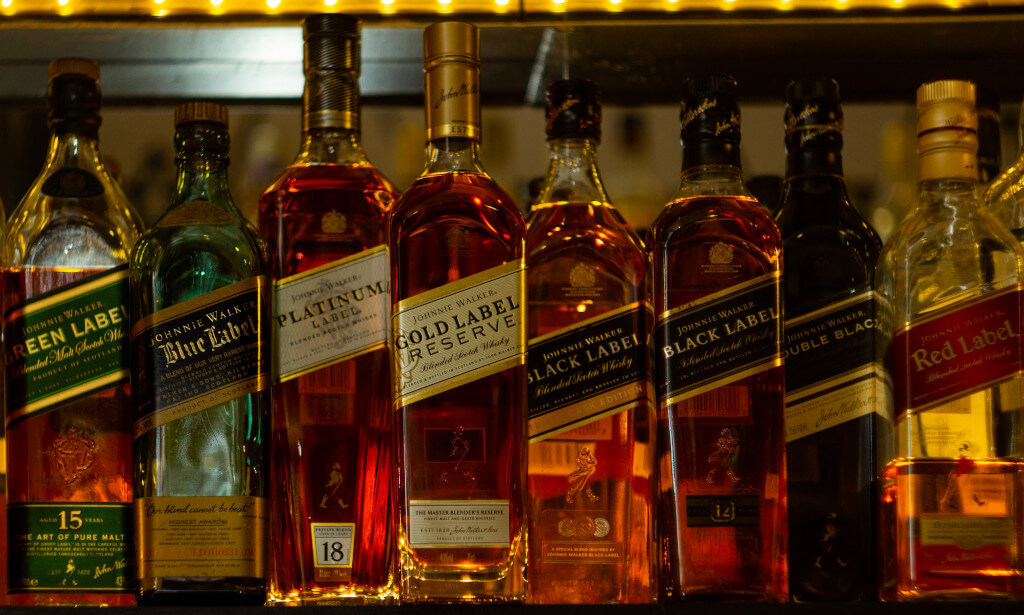A pipe fantasy for many bourbon enthusiasts. build up a whiskey library… I’ve lately begun a little collection of whiskies because I enjoy drinking them. I had no idea how difficult it was to collect whiskey until I started doing it. Where should I store the whiskies I buy, how long should I let them age before tasting them, and when is the best time to open and sample them?
Every time I went to the store to buy a bottle, the same thoughts ran through my head. For this reason, I’d like to share with you systematically some of the knowledge I’ve picked up from the literature and a little bit from my own experience, knowledge which I believe may be valuable for individuals who wish to begin a whiskey collection or who are new to whiskey appreciation.
First, You Need to Settle on Why You’re Starting the Collection

For financial gain, some enthusiasts strive to amass stocks of whiskies they believe will appreciate. Some people, in their pursuit of variety, acquire whiskies of all kinds, to sample them at their leisure. Some people may simply desire a designated space in their house to showcase high-end whiskies when they host guests or do presentations.
Many other reasons exist than these. There are, as you can see, a wide variety of reasons to start a whiskey collection. That’s why it’s important to have a goal in mind from the start. Once you know why you want whiskey, you can ask, “Which one should I buy?” It’ll be a lot less difficult from here on out. One word of advice, though: stick to the bottles you know and love at first.
Learn the Fundamentals
Scotch, Japanese whiskey, American whiskey, and Irish whiskey are just a few examples of the many types of whiskies available today. There are currently approximately 120 different whiskey brands in Scotland. There are five distinct regions in Scotland where Scotch is distilled, beginning in the Inner Hebrides with islands like Jura and Islay and ending in the Highlands. Whiskey goes through several crucial processes, including malting, milling, mashing, fermentation, distillation, and aging. Each bottle’s unique smell, color, and flavor are the result of a complex interplay between the yeast strains used during fermentation, the design of the copper stills, and the length of time spent aging in oak casks. The complex whiskey-making methods employed by a given distillery will leave their mark on the final product, whether it’s a grain or malt whiskey.
Check Your Budget
Taxes contribute significantly to the high cost of whiskey in the United States. Because of this, it is helpful to have an idea of the potential financial outlay involved in starting a collection. Traveling regularly will allow you to stock up on cheap whiskies, including varieties that are unavailable in Turkey. However, you should budget for the hefty costs, as there is a quota to enter the nation.
A Word of Advice
If you’re looking to sample a wide variety of whiskies without breaking the bank doing so, look into small bottles. Similarly, if you want to sample a new kind of whiskey but aren’t sure if you’ll enjoy it, buying a case of miniatures can be a cost-effective way to do so.
Add-Ons For Your Whiskey Selection
There are other things to add to your collection besides bottles. Add-ons for whiskey are also available. First, you should go out and get some whiskey glasses. Glencairn, tumbler, Copita, Riedel, snifter, etc. are just a few of the various whiskey glasses available. There are benefits and drawbacks to each option, and several websites have comparative essays on the topic. The ideal goblet, though, is the one you drink from. Glencairn and Tumbler are two of my favorites. Books about bourbon, cocktails, and related subjects Whiskey enthusiasts can expand their libraries with You can put these books wherever you keep your bottles, or perhaps somewhere else entirely.
Train Your Taste Buds

Given the variety of choices available, honing in on your tastes is essential. Start your scotch collection off right by investing in the proper glassware, maybe a Glencairn, and give yourself pleasure by trying as many different whiskies as you can in one sitting. You can put your faith in the original bottlings of well-known distilleries like Glenfiddich single malt scotch, Laphroaig, or The Macallan, but you should also keep an eye out for new releases from independent bottlers like Gordon & MacPhail. G&M’s bottlings were often the sole official bottlings from a certain distillery, and they are now widely recognized as the guardians of Scotland’s largest and most varied inventory of barrels.
Don’t Shy Away From Opening Up a Few Bottles
You may have a few rare whiskies in your collection that you only break out for the most momentous of occasions. These bottles will be difficult to open. There’s a problem if the number of bottles you just can’t bring yourself to open keeps growing, even though it makes sense for some of them. Because you’re depriving yourself of an incredible joy by doing so…
Designate a Specific Spot to House Your Collection
In the beginning stages of your collection, a simple bookcase or countertop may suffice to show off your bottles. But when the bottles start piling up, it’s time to start looking for a dedicated spot to store them.
Be Selfless
Whiskey can be enjoyed on your own, but sharing it with a good companion is much more fun. That’s why it’s a good idea to have some friends around so you can share your wine collection and have even more pleasure. It is possible to arrange for small-scale tasting events. My close pals and I have started and joined several tasting groups. To the local wine tastings, we host in conjunction with local groups.
Don’t Stop Discovering New Things

You can always find the whiskies you enjoy if you decide to add another bottle to your collection. When I initially started drinking whiskey, I gravitated towards the sooty and peaty varieties. However, after expanding my horizons, I began to purchase whiskies that were either unfamiliar to me or did not fit my palate. Some whiskies I used to despise ended up becoming some of my favorites as time went on. So, don’t be afraid to branch out and find what you like.





